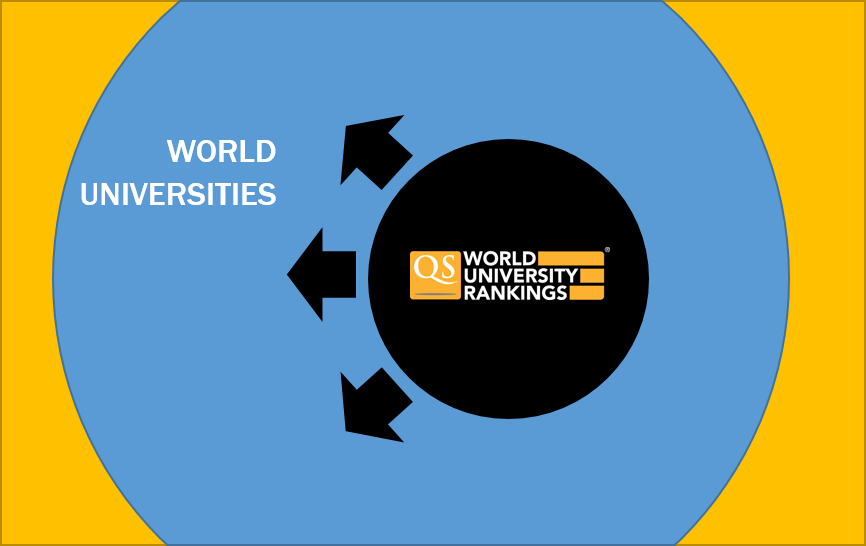
In 2013 we have added 106 new universities to the QS World University Rankings®.
Indeed since we have also extended the number of monitored universities which do not qualify for an overall ranking (i.e. specialist subject and graduate schools), the total number added to the study is over 130. This is nothing new, indeed as our resources have increased, our survey responses have grown and institutions have been more forthcoming in contacting us to engage with our evaluations and provide data it has been an ongoing and deliberate policy to increase the number of institutions featured.
The table below shows the number of institutions featured in the QS World University Rankings® for each of its ten editions and percentage increase each year. With the exception of 2010 there has always been an increase. In 2013 the increase is proportionally less than the increase made in 2011.
Whether or not universities qualify for inclusion is often not clear until the late stages of the analysis and thus it is difficult to give substantial advance warning of the increase in the size of our exercise. Naturally, however, given that performance in the ranking is relative, the addition of substantial numbers of universities has an inevitable effect on the apparent performance of universities already included. What we have tried to do, is notify those universities most affected by this at the time their fact file has been delivered – two weeks prior to publication.
Clearly it is important, if possible and reasonable, to provide insight to stakeholders on a larger proportion of the world’s 20,000+ universities and as our data strengthens, the system overall seems sufficiently robust and resilient to facilitate this. Indeed despite the addition of these universities, the average change in position year on year among the top 600 has improved between 2012 and 2013 from 21.2 places in 2012 to 19.4 places in 2013. Indeed this trend can be seen all the way down the table with the average change in position among the top 100 now standing at just 4.4 places.
Clearly it is important, if possible and reasonable, to provide insight to stakeholders on a larger proportion of the world’s 20,000+ universities and as our data strengthens, the system overall seems sufficiently robust and resilient to facilitate this.
However, the fortunes of a minority of universities – particularly those that are particularly weak in any given indicator (thus increasing the likelihood of displacement when new institutions are included) have been affected more severely, and not necessarily through an objective decline in their own performance. So what is the surest course forward, do we continue to press on towards 1,000 universities over the next couple of years so that more universities and more countries can be richly featured herein at moderate cost to overall stability? Or do we prioritize further stability for the institutions already featured at the cost of greater inclusiveness?
What do you think?



